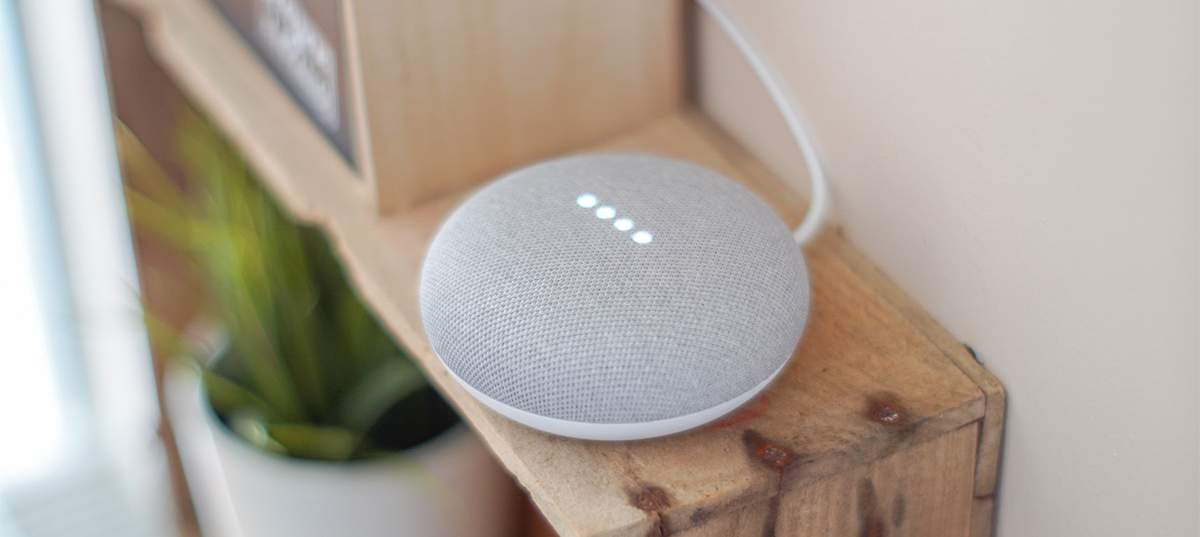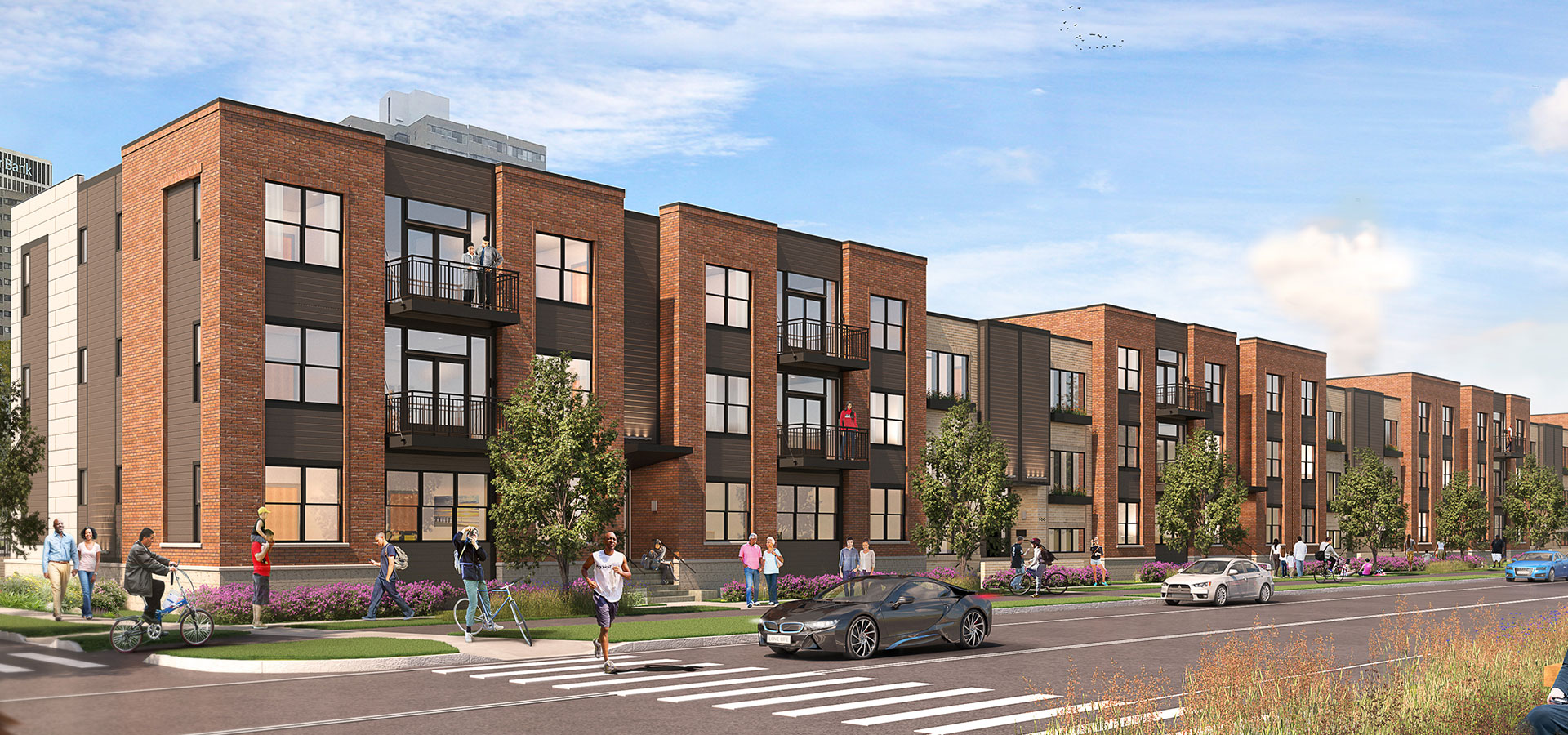New Ways to Think About Interior Design

September 2023
We love it when our VIDA residents are passionate about decorating their apartments and townhomes. We think it’s important to create a space that rejuvenates and comforts you. If you’ve spent time researching and learning about the design trends, one thing you may have noticed is that everything is organized around traditional design thinking. It’s limited to what the trending colors, textures, design styles, and materials are.
While that’s a perfectly acceptable way to think about décor, it only considers the asthenic look. Given how you probably live your life and what’s important to you, we’d like to share three alternate ways to think about what influences your décor and design decisions.
Are You Passionate About Protecting the Environment?
Incorporating sustainable and eco-friendly design elements into your décor involves making conscious choices that minimize your environmental impact and promote a healthier planet. Here are some ways you can do this:
- Choose sustainable materials. Opt for furniture, flooring, and decor items made from sustainable materials such as reclaimed wood, bamboo, cork, and recycled metal. These materials have a lower environmental footprint compared to traditional options. And when it comes to textiles and fabrics, make sure they’re made from organic, sustainable, or recycled materials. Eco-friendly options include organic cotton, hemp, bamboo, and textiles dyed with natural pigments.
- Upcycle and repurpose. Instead of buying new furniture, consider repurposing or upcycling existing pieces. You can refurbish old furniture, give it a fresh coat of paint, or repurpose items for new functions. Look for secondhand furniture and decor items from thrift stores, antique shops, or online marketplaces. Vintage pieces not only have character but also reduce the demand for new production.
- Add houseplants. Houseplants improve air quality, add a touch of nature, and contribute to a healthier living environment. Just don’t hold back. The more plants you have, the healthier your apartment or townhome will be.
- Embrace minimalism. Decluttering and only keeping items that serve a purpose or bring you joy reduces unnecessary consumption and waste.
- Recycle and manage waste. Set up a recycling station and educate yourself about proper waste disposal and recycling practices. And if you didn’t think you can compost, you can! Impact Earth offers curbside pickup and a special discount for VIDA residents.
Are You Into New Technologies and Want to Integrate Them Into Your Life?
Incorporating technology into your décor and interior design can enhance functionality, convenience, and the overall experience of your living space. Here are some ways to seamlessly integrate technology into your design choices:
- Smart home control. Invest in a smart home hub that allows you to control various devices, such as lights, thermostats, and security systems, from a single app or voice command. If you don’t want to go all out on a smart home hub, start small by using smart bulbs and lighting systems that can be controlled remotely through your smartphone.
- Voice-controlled assistants. Use voice-controlled devices like Amazon Echo or Google Nest to control smart devices, set reminders, play music, and answer questions with simple voice commands.
- Hidden charging stations. Incorporate hidden charging stations for your devices within furniture like nightstands, coffee tables, or kitchen countertops. This keeps your space clutter-free while ensuring your devices stay charged. You can also get furniture pieces like tables, desks, and even sofas that have built-in wireless charging pads. This eliminates the need for cords and makes charging more convenient.
- Digital art frames and smart mirrors. Display digital artwork (NFTs) and photos using wall-mounted digital frames. They are larger, more affordable than ever, and they’ll allow you to change up your art with the click of a curser. A smart mirror is a two-way mirror with an electronic display behind the glass. The display can show the viewer different kinds of information in the form of widgets, such as weather, time, date, and news updates.
Is It Important That Your Space Is Functional and Can Flex With Your Needs?
The shift to working from home has brought about a revolution in interior design and furnishings. Flexibility in how a space is used and its functionality has become a bigger consideration than ever before. Here are some key factors to keep in mind when making interior design decisions to ensure a room is versatile and adaptable:
- Space planning. Begin by assessing the room’s layout and dimensions. Consider the flow of traffic and how different zones within the room can be organized. Create a furniture layout that allows for easy movement and access to different areas. Then define different zones within the room based on their intended functions. For example, a living room could have a seating area, a workspace, and a reading nook. Use rugs, lighting, and furniture placement to visually separate these zones.
- Furniture selection. Choose furniture pieces that serve multiple purposes or can be easily rearranged. Choose modular furniture, foldable tables and chairs, and pieces with built-in storage to maximize functionality. Try to keep your furniture mobile and lightweight. Furniture like rolling carts, portable seating, and lightweight tables can be quickly reconfigured for different purposes.
- Prioritize storage. Incorporate ample storage solutions to keep the room organized and clutter-free. Consider bookshelves, cabinets, storage benches, or any furniture that allows you to hide away items when they’re not in use.
We’ve worked hard to create a variety of floor plans, finishes, and sizes so that there’s a place for everyone here. If you’d like to learn more about us, our amenities, and even take a few 3D tours, just visit the apartments and townhomes page of our website.
